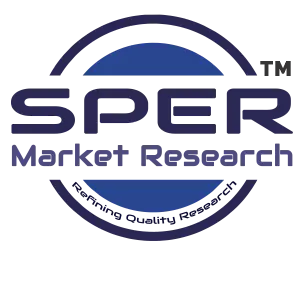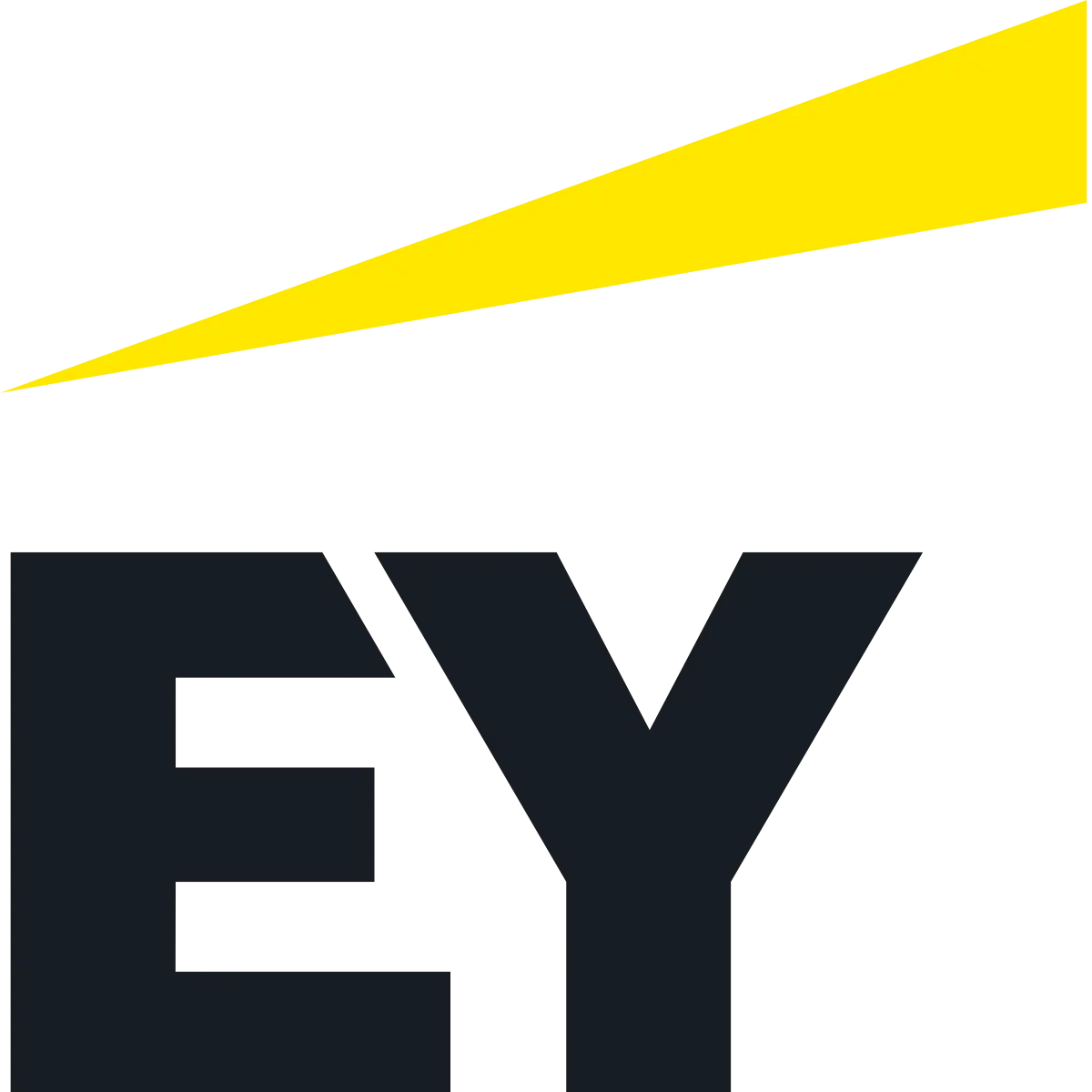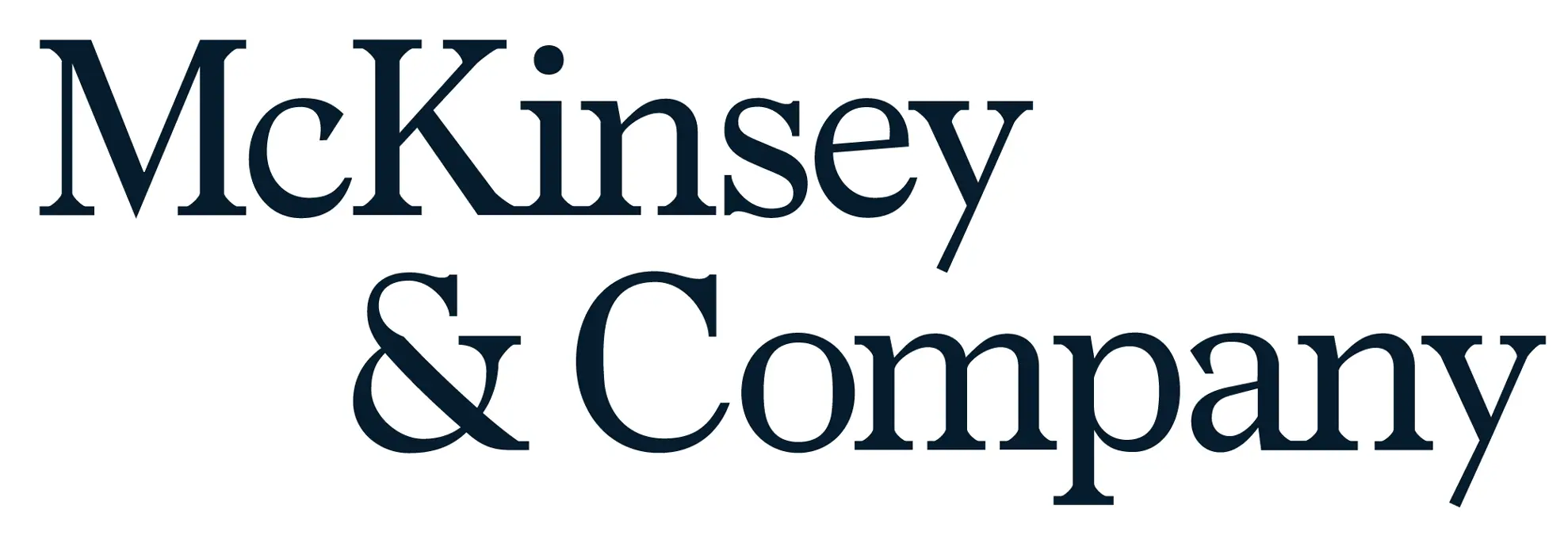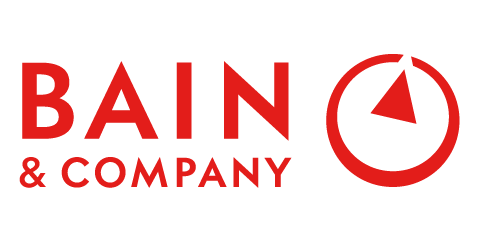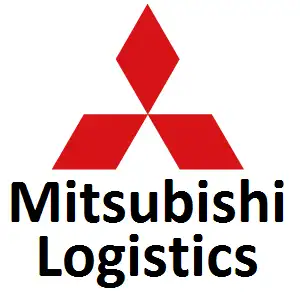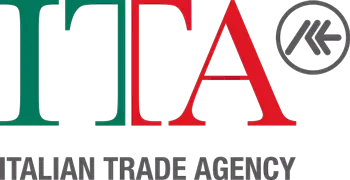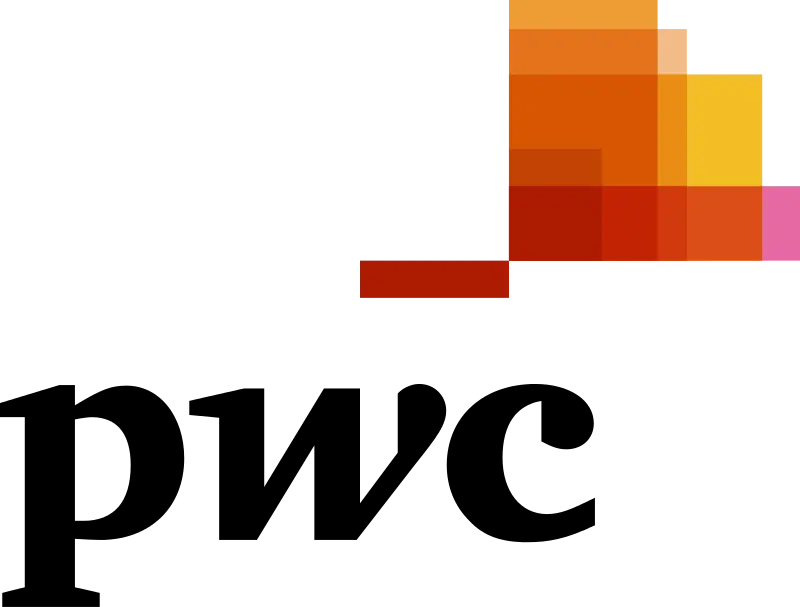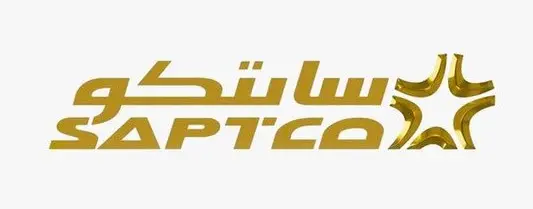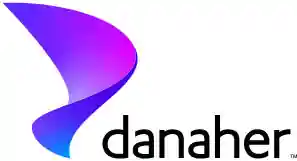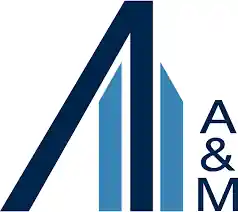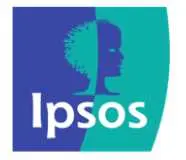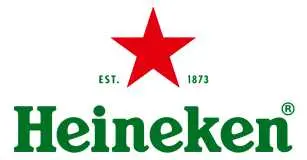
Textile Colorant Market Share, Demand Analysis and Future Scope 2034
Textile Colorant Market Growth, Size, Trends Analysis – By Source, By Type, By Application- Regional Outlook, Competitive Strategies and Segment Forecast to 2034
| Published: Jul-2025 | Report ID: CHEM25129 | Pages: 1 - 239 | Formats*: |
| Category : Chemical & Materials | |||
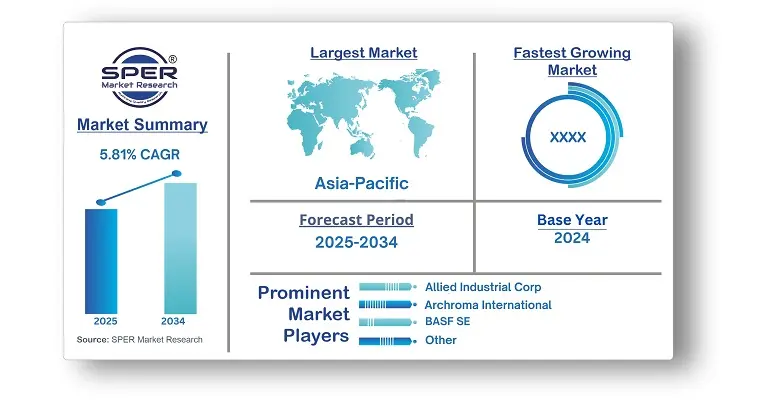
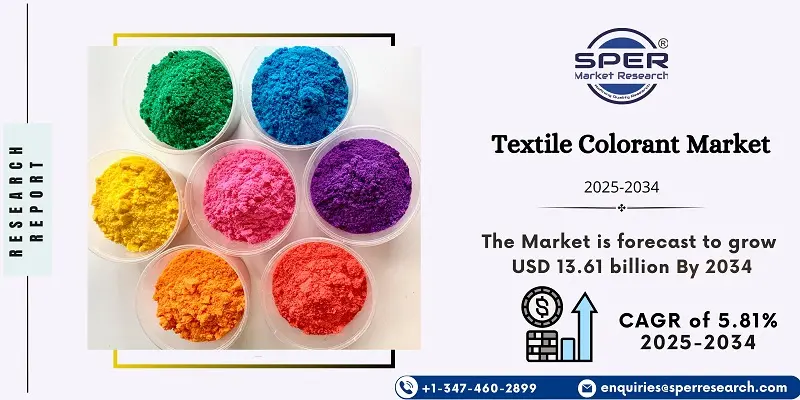
- In June 2023, Archroma and COLOURizd entered into a strategic partnership to promote the eco-friendlier production of sustainable textiles. This collaboration focuses on delivering high-performance, high-quality textile solutions that meet consumer expectations while significantly reducing environmental impact. The partnership aims to combine innovative technologies and sustainable practices to enhance both the appeal and sustainability of textile products.
- In February 2023, Huntsman Corporation's Textile Effects division was successfully acquired by Archroma. This strategic move enables Archroma to merge Huntsman's Textile Effects operations with its existing Brand & Performance Textile Specialties business, forming a new unified division known as Archroma Textile Effects. The integration aims to strengthen Archroma’s position in the global textile colorant market by expanding its product portfolio, enhancing innovation capabilities, and driving sustainable solutions across the textile value chain.
| Report Metric | Details |
| Market size available for years | 2021-2034 |
| Base year considered | 2024 |
| Forecast period | 2025-2034 |
| Segments covered | By Source, By Type, By Application |
| Regions covered | North America, Latin America, Asia-Pacific, Europe, and Middle East & Africa |
| Companies Covered | Allied Industrial Corp, Archroma International, BASF SE, Colorant Limited, DuPont, Dystar Group, Huntsman Corporation, Jay Chemical Industries Limited, Jiangsu Yabang Dyestuff Co., Ltd, Kiri Industries Ltd, LANXESS AG, Sumitomo Chemical Co. Ltd, Zhejiang Longsheng Group Co, Ltd. |
- Global Textile Colorant Market Size (FY’2021-FY’2034)
- Overview of Global Textile Colorant Market
- Segmentation of Global Textile Colorant Market by Source (Natural, Synthetic)
- Segmentation of Global Textile Colorant Market by Type (Azoic Dyes, Direct Dyes, Basic Dyes, Disperse Dyes, Reactive Dyes, Sulfur Dyes, VAT Dyes, Others)
- Segmentation of Global Textile Colorant Market by Application (Clothing, Technical Textiles, Home Textiles & Carpets, Automative Textiles)
- Statistical Snap of Global Textile Colorant Market
- Expansion Analysis of Global Textile Colorant Market
- Problems and Obstacles in Global Textile Colorant Market
- Competitive Landscape in the Global Textile Colorant Market
- Details on Current Investment in Global Textile Colorant Market
- Competitive Analysis of Global Textile Colorant Market
- Prominent Players in the Global Textile Colorant Market
- SWOT Analysis of Global Textile Colorant Market
- Global Textile Colorant Market Future Outlook and Projections (FY’2025-FY’2034)
- Recommendations from Analyst
- 1.1. Scope of the report
- 1.2. Market segment analysis
- 2.1. Research data source
- 2.1.1. Secondary Data
- 2.1.2. Primary Data
- 2.1.3. SPERs internal database
- 2.1.4. Premium insight from KOLs
- 2.2. Market size estimation
- 2.2.1. Top-down and Bottom-up approach
- 2.3. Data triangulation
- 4.1. Driver, Restraint, Opportunity and Challenges analysis
- 4.1.1. Drivers
- 4.1.2. Restraints
- 4.1.3. Opportunities
- 4.1.4. Challenges
- 5.1. SWOT Analysis
- 5.1.1. Strengths
- 5.1.2. Weaknesses
- 5.1.3. Opportunities
- 5.1.4. Threats
- 5.2. PESTEL Analysis
- 5.2.1. Political Landscape
- 5.2.2. Economic Landscape
- 5.2.3. Social Landscape
- 5.2.4. Technological Landscape
- 5.2.5. Environmental Landscape
- 5.2.6. Legal Landscape
- 5.3. PORTERs Five Forces
- 5.3.1. Bargaining power of suppliers
- 5.3.2. Bargaining power of buyers
- 5.3.3. Threat of Substitute
- 5.3.4. Threat of new entrant
- 5.3.5. Competitive rivalry
- 5.4. Heat Map Analysis
- 6.1. Global Textile Colorant Market Manufacturing Base Distribution, Sales Area, Product Type
- 6.2. Mergers & Acquisitions, Partnerships, Product Launch, and Collaboration in Global Textile Colorant Market
- 7.1. Natural
- 7.2. Synthetic
- 8.1. Azoic Dyes
- 8.2. Direct Dyes
- 8.3.Basic Dyes
- 8.4. Disperse Dyes
- 8.5. Reactive Dyes
- 8.6. Sulfur Dyes
- 8.7. VAT Dyes
- 8.8. Others
- 9.1. Clothing
- 9.2. Technical Textiles
- 9.3. Home Textiles & Carpets
- 9.4. Automative Textiles
- 10.1. Global Textile Colorant Market Size and Market Share
- 11.1. Asia-Pacific
- 11.1.1. Australia
- 11.1.2. China
- 11.1.3. India
- 11.1.4. Japan
- 11.1.5. South Korea
- 11.1.6. Rest of Asia-Pacific
- 11.2. Europe
- 11.2.1. France
- 11.2.2. Germany
- 11.2.3. Italy
- 11.2.4. Spain
- 11.2.5. United Kingdom
- 11.2.6. Rest of Europe
- 11.3. Middle East and Africa
- 11.3.1. Kingdom of Saudi Arabia
- 11.3.2. United Arab Emirates
- 11.3.3. Qatar
- 11.3.4. South Africa
- 11.3.5. Egypt
- 11.3.6. Morocco
- 11.3.7. Nigeria
- 11.3.8. Rest of Middle-East and Africa
- 11.4. North America
- 11.4.1. Canada
- 11.4.2. Mexico
- 11.4.3. United States
- 11.5. Latin America
- 11.5.1. Argentina
- 11.5.2. Brazil
- 11.5.3. Rest of Latin America
- 12.1. Allied Industrial Corp
- 12.1.1. Company details
- 12.1.2. Financial outlook
- 12.1.3. Product summary
- 12.1.4. Recent developments
- 12.2. Archroma International
- 12.2.1. Company details
- 12.2.2. Financial outlook
- 12.2.3. Product summary
- 12.2.4. Recent developments
- 12.3. BASF SE
- 12.3.1. Company details
- 12.3.2. Financial outlook
- 12.3.3. Product summary
- 12.3.4. Recent developments
- 12.4. Colorant Limited
- 12.4.1. Company details
- 12.4.2. Financial outlook
- 12.4.3. Product summary
- 12.4.4. Recent developments
- 12.5. DuPont
- 12.5.1. Company details
- 12.5.2. Financial outlook
- 12.5.3. Product summary
- 12.5.4. Recent developments
- 12.6. Dystar Group
- 12.6.1. Company details
- 12.6.2. Financial outlook
- 12.6.3. Product summary
- 12.6.4. Recent developments
- 12.7. Huntsman Corporation
- 12.7.1. Company details
- 12.7.2. Financial outlook
- 12.7.3. Product summary
- 12.7.4. Recent developments
- 12.8. Jay Chemical Industries Limited
- 12.8.1. Company details
- 12.8.2. Financial outlook
- 12.8.3. Product summary
- 12.8.4. Recent developments
- 12.9. Jiangsu Yabang Dyestuff Co., Ltd
- 12.9.1. Company details
- 12.9.2. Financial outlook
- 12.9.3. Product summary
- 12.9.4. Recent developments
- 12.10. Kiri Industries Ltd
- 12.10.1. Company details
- 12.10.2. Financial outlook
- 12.10.3. Product summary
- 12.10.4. Recent developments
- 12.11. LANXESS AG
- 12.11.1. Company details
- 12.11.2. Financial outlook
- 12.11.3. Product summary
- 12.11.4. Recent developments
- 12.12. Sumitomo Chemical Co. Ltd
- 12.12.1. Company details
- 12.12.2. Financial outlook
- 12.12.3. Product summary
- 12.12.4. Recent developments
- 12.13. Zhejiang Longsheng Group Co., Ltd
- 12.13.1. Company details
- 12.13.2. Financial outlook
- 12.13.3. Product summary
- 12.13.4. Recent developments
- 12.14. Others
SPER Market Research’s methodology uses great emphasis on primary research to ensure that the market intelligence insights are up to date, reliable and accurate. Primary interviews are done with players involved in each phase of a supply chain to analyze the market forecasting. The secondary research method is used to help you fully understand how the future markets and the spending patterns look likes.
The report is based on in-depth qualitative and quantitative analysis of the Product Market. The quantitative analysis involves the application of various projection and sampling techniques. The qualitative analysis involves primary interviews, surveys, and vendor briefings. The data gathered as a result of these processes are validated through experts opinion. Our research methodology entails an ideal mixture of primary and secondary initiatives.
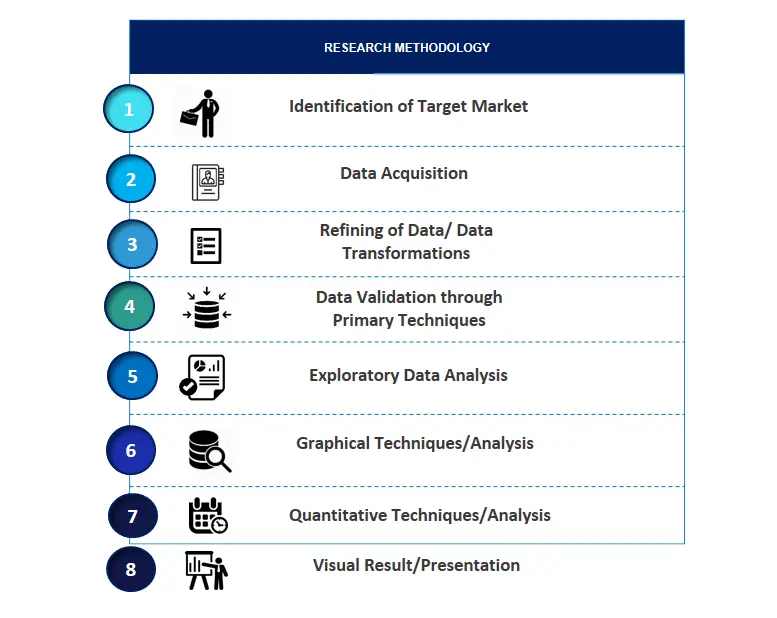
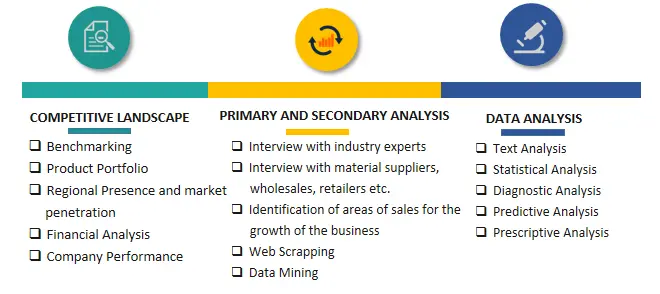

Frequently Asked Questions About This Report
PLACE AN ORDER
Year End Discount
Sample Report
Pre-Purchase Inquiry
NEED CUSTOMIZATION?
Request CustomizationCALL OR EMAIL US
100% Secure Payment
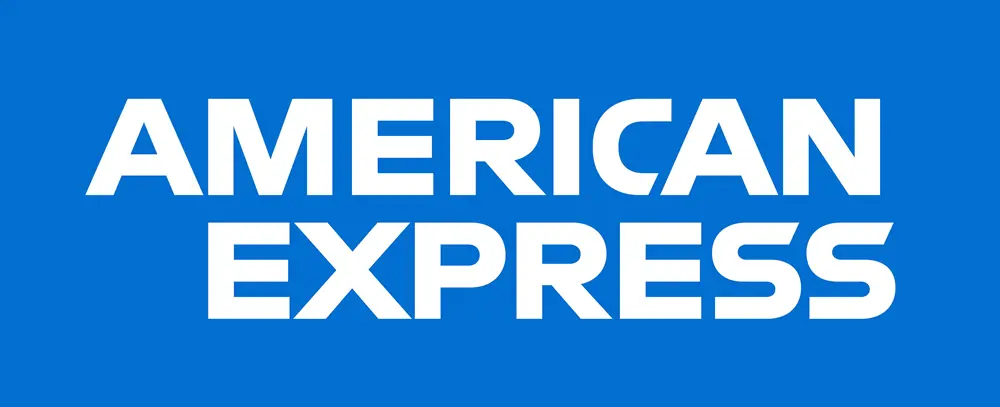
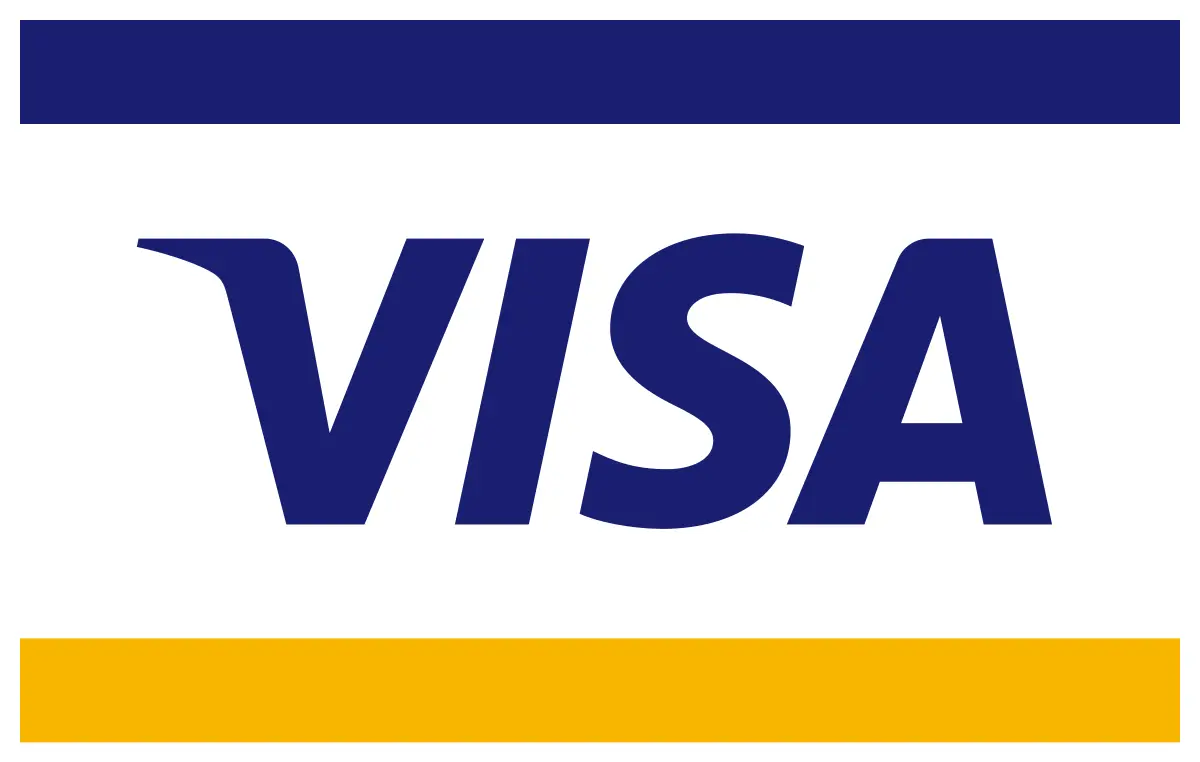



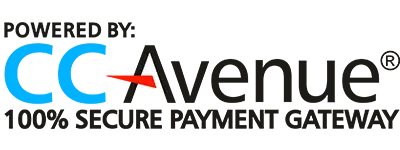
Related Reports
Our Global Clients
Our data-driven insights have influenced the strategy of 200+ reputed companies across the globe.

